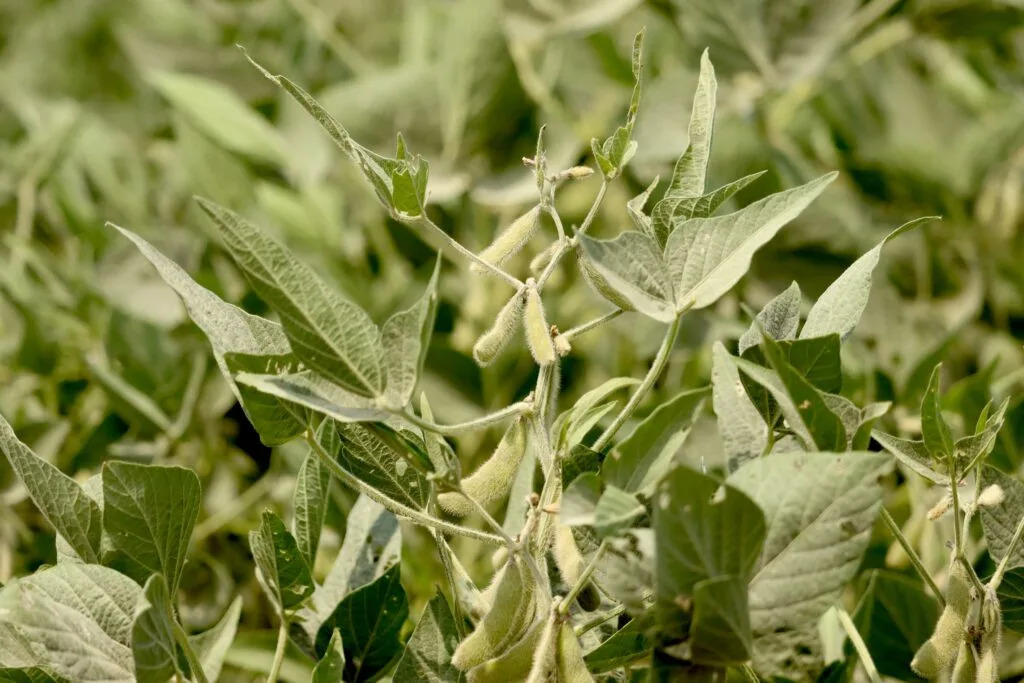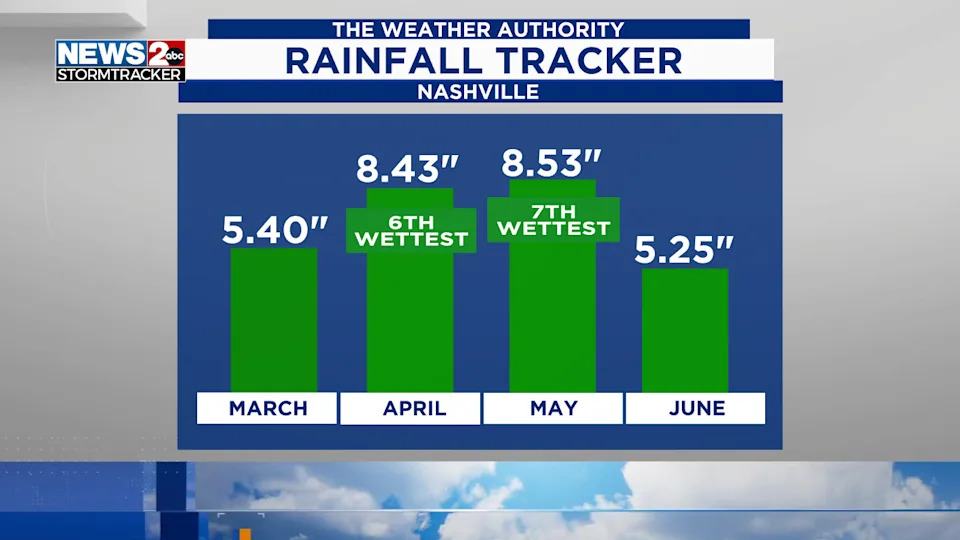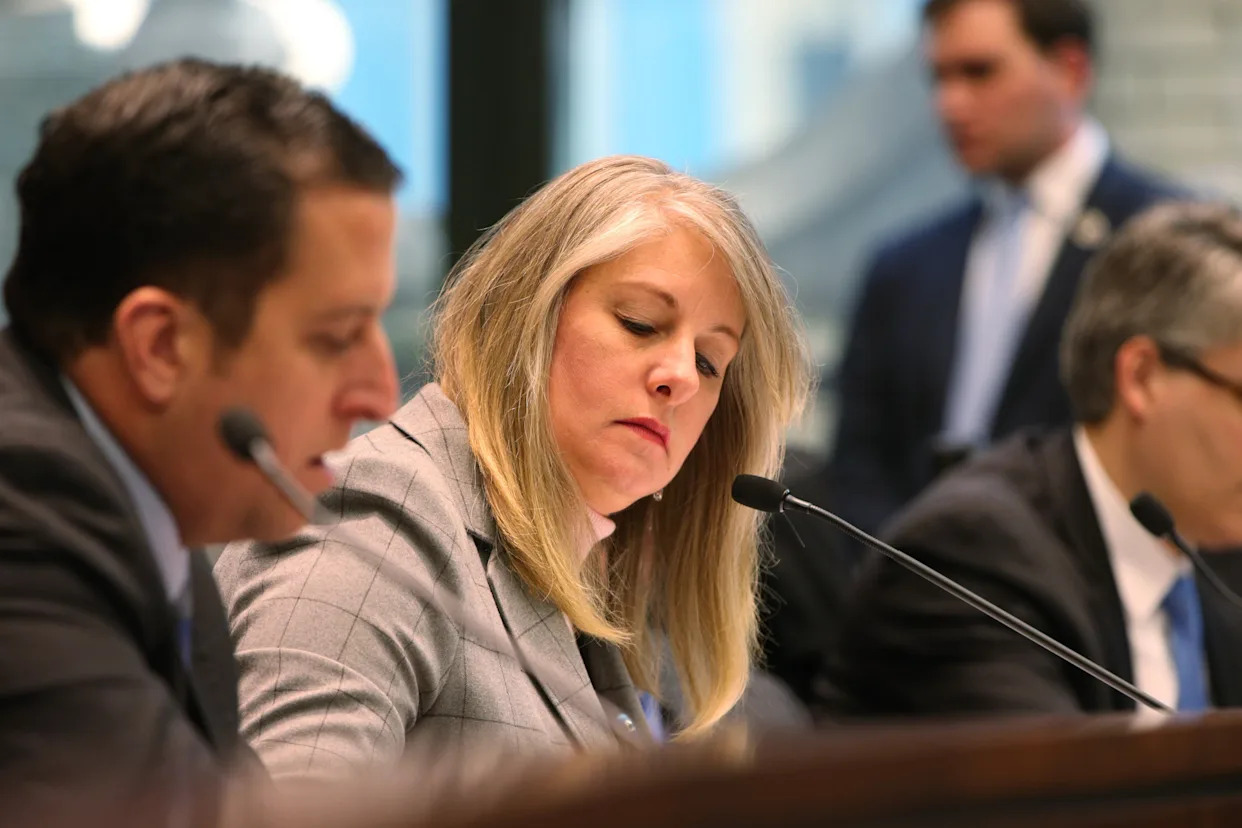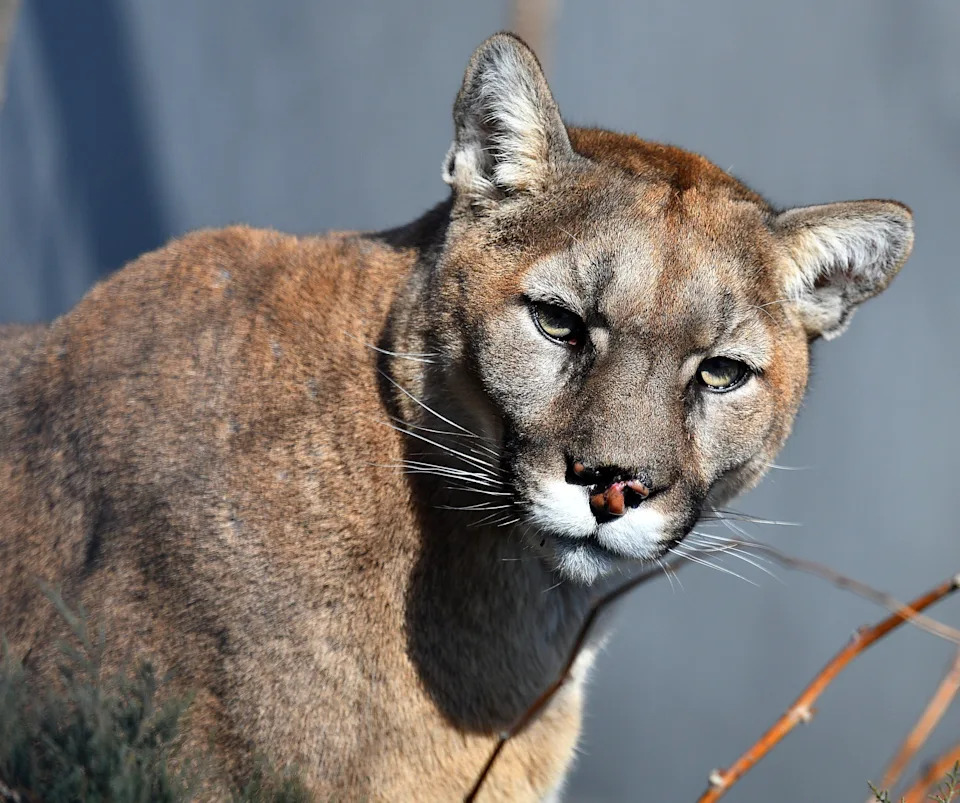
Soybeans setting pods in central Iowa August 4, 2025. (Photo by Cami Koons/Iowa Capital Dispatch)
Oat harvest is a week behind last year’s schedule and five days behind the average, according to the crop progress and condition report from the U.S. Department of Agriculture.
The first full week of August followed trends from July with above-average precipitation across the state, though Iowa crops continue to progress well.
Overall 83% of the oat crop has been harvested. South-central Iowa has the highest percentage of acres harvested at 96% of its oat acres.
Corn acres are about one day ahead of schedule with a reported 68% of acres having reached the dough stage, characterized by a doughy consistency inside the kernels. In about 15% of acres the corn has already dented, which is on par with the five-year average.
SUBSCRIBE: GET THE MORNING HEADLINES DELIVERED TO YOUR INBOX
Soybeans are ahead of last year by two days, but behind normal by three, with 75% of acres having set pods and 93% of the crop blooming.
More than 80% of both soybean and corn acres in the state rated good to excellent, according to the data collected by USDA’s National Agricultural Statistics Service. Hay and pasture conditions rated similarly for the reporting period of Aug. 4 through Aug. 10.
Just 3% of alfalfa hay remains to be cut for the second time and half of alfalfa hay acres in the state have been cut for a third time.
Heavy rainfall in western Iowa left farmers in the region just four days suitable for field work during the reporting period. Other regions had 5-6 days suitable for field work.
Communities in western Iowa received more than 3 inches of rain during the past week, though Pacific Junction logged the state’s highest precipitation for the reporting period of 6.64 inches.
The average precipitation for the time frame was 1.6 inches, or six-tenths of an inch above the normal, according to State Climatologist Justin Glisan.
“August’s first full week was unseasonably wet across western Iowa with drier conditions southeast,” Glisan said in the report. “A wet reporting period along with the 2nd wettest July on record aided in the removal of all remaining drought from Iowa.”
Across the state, the majority of cropland, around 70%, has adequate topsoil and subsoil moisture conditions. North-central and central portions of the state have the highest percentages of soils with surplus moisture. Forty-eight percent of topsoil and 49% of subsoil rated surplus in north central Iowa. Central Iowa had 36% surplus moisture in topsoil and subsoil.
According to the report, fields are beginning to dry following wetness from the past month, but some low spots still have some ponding.








Comments